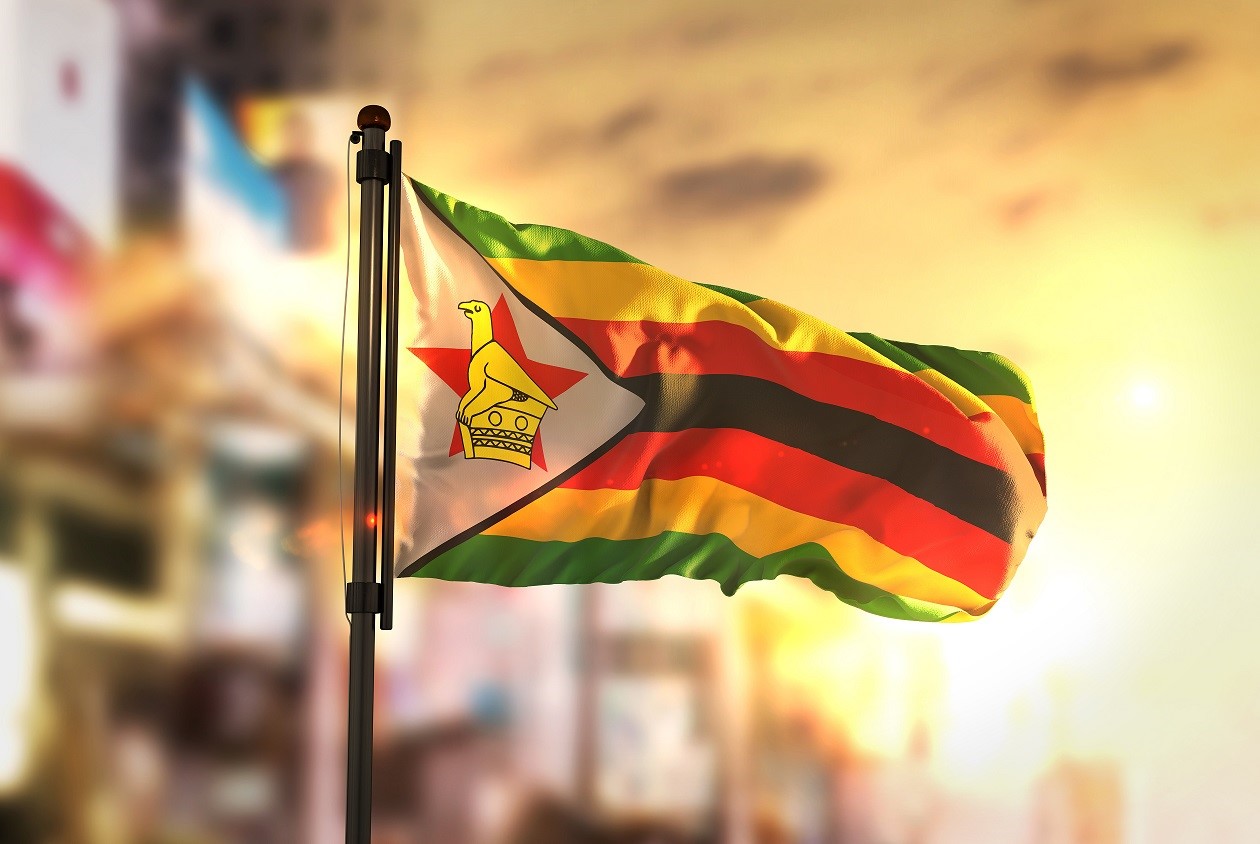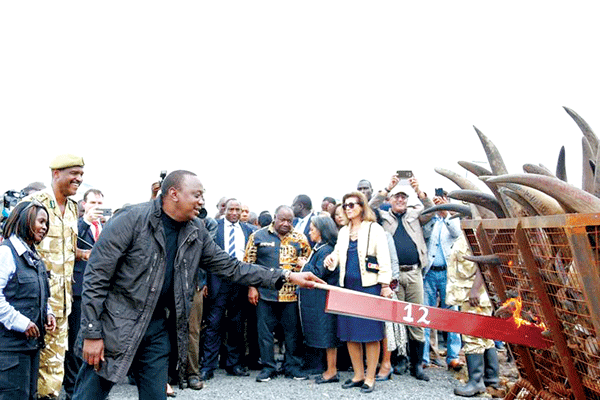
IN PART 1 of this series, we discussed some of the customary practices observed when death occurs in a family. We pointed out that death may result from various different causes.
It is important to keep these points in mind as they will be discussed in a later section dealing with beliefs and superstitions. We also indicated that death strikes fear and has an impact on the family and the community. This section is concerned with burial.
It is not the intention to dwell on the history of the customs of burial obtaining among various clans and ethnicities making up what today is the Ndebele nation (Nguni, Kalanga, Sotho, Venda, Tonga, Nambya and all other groups). The customs of burial continue to merge towards one overall custom. All the time, we are aware of differences of detail according to each clan.
Burial is arranged and organised by the family of the deceased. The will of the chief mourner (wife, husband, children, etc) is taken into account, but traditionally final decision lies with elders of the family who may override the will of the chief mourner, especially if it is the wife.
Usually when death occurs today, burial would take place the next day if it is in rural areas. This is because there is a problem of how to preserve the body against decomposition and of course the traditional fear and discomfort of keeping a dead person around. By the next day most of the relatives would have arrived. If not, those who cannot make it will miss the burial, but will still come to perform the traditional “throwing a stone” (ukuphosa ilitshe) on the grave.
The question of a burial does not relate only on which day the deceased will be buried, it also refers to what part of the day the burial will take place. This depends on the age of the deceased. Traditionally, an old man — the head of the family — was buried in the early afternoon and never in the morning. Some clans still observe this custom, but it is becoming rare. A woman would be buried in the morning hours (before noon) behind, but close to the grain-hut (isiphala). Other members of the family were buried anytime during the day anywhere close to the homestead.
On the day of the burial very early in the morning when it is still dusk, male elders of the family would choose the grave site and then digging would begin. It is done by men only, relatives or neighbours. The head of the family (the remaining head if the dead person is the head of the family) will have measured the size of the grave (ukucanda ingcwaba) by grooving lines on the ground with a digging tool (a pick nowadays). Only one person digs at a time. The length and width is roughly estimated between one-and-a-half to three metres.
The nature of the grave may differ from family to family. Most graves are oblong-shaped. Some family clans will, after achieving the desired depth, dig a tunnel (ingcwaba) along one end of the grave and tunnel it to the estimated length of the deceased’s body so that the whole body can be pushed into the tunnel. Others dig this tunnel length-wise at the bottom of the grave. In the meantime while grave digging is going on, mourners continue arriving at the homestead, but they do not go to the grave site except one or two relatives interested in assisting with the digging.
- Chamisa under fire over US$120K donation
- Mavhunga puts DeMbare into Chibuku quarterfinals
- Pension funds bet on Cabora Bassa oilfields
- Councils defy govt fire tender directive
Keep Reading
When the digging has been completed some of the diggers may go back to the homestead, but the grave is never left unattended in order to prevent malicious interference of the grave by “enemies”. This may be followed by a delay before the burial determined by the required time of the burial. The mourners sit in groups and clusters here and there in the yard (under the shade) and may be talking to each other in low voices.
While men are digging the grave, women will be busy collecting stones for the “grave mountain” (intaba) which will be used over the grave after it has been completely filled with earth. All the women present take part. It is not allowed (kuyazila) to place a stone on the head. As they place the stones on the ground, one stone must not be on top of another as that is regarded as taboo. The women are allowed to pick the stones anywhere in the vicinity outside the homestead.
The march to the grave may now begin. All mourners rise and gather close to the hut with the corpse. In Ndebele, the dead body is called isidumbu and not umzimba as they say in some parts of South Africa. Umzimba is the body of a living person. The corpse has been prepared and properly covered with a blanket. It is placed on a contrived stretcher (uhlaka) which is then carried out of the hut by four to six male pallbearers. The assembled group of mourners will now silently follow the corpse.
Nowadays, Christian people may sing a hymn or chorus and this has become accepted due to changing culture. But dancing or any kind of merry-making is not accepted in Ndebele culture because this is a sad and solemn occasion.
When the corpse is being carried to the grave (if the dead is the husband) the widow walks just behind the pallbearers carrying the stretcher (nowadays a coffin) being supported by one or two relatives. Other women will throng behind and men troop alongside. The widow is still covered head and shoulders and body with a blanket. There is no wailing or crying during this march and all the mourners are dead quiet.
Some families transport the corpse in stages. The pole bearers carry the body several metres (say fifty or so). After three or so minutes they lift it again and go a similar distance before they give it another rest and so on until the grave is reached.
The number of the rests is determined by the distance of the grave from the hut.
When the corpse is resting, mourners stand and wait. Finally the grave is reached and the actual burial begins. (We will continue from here in Part 3)









